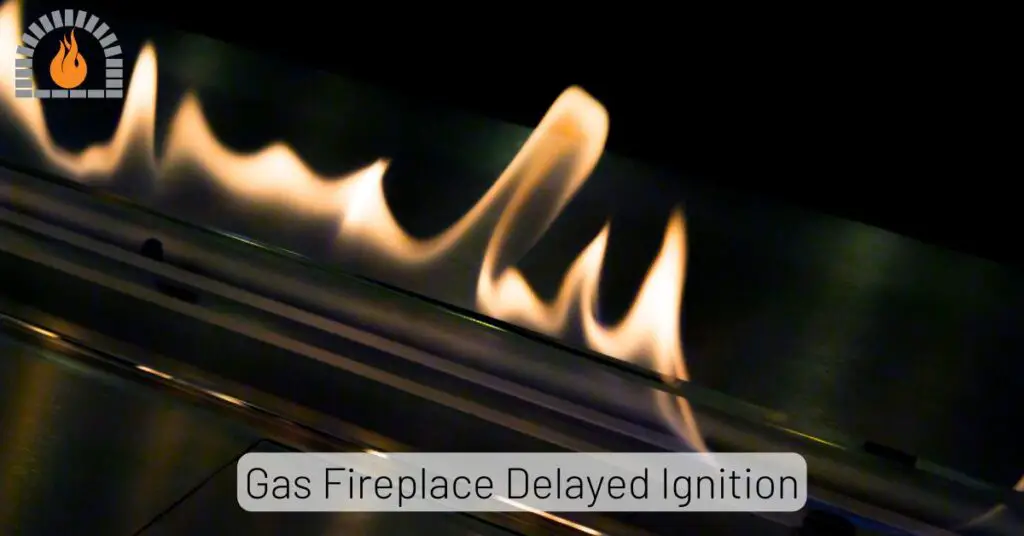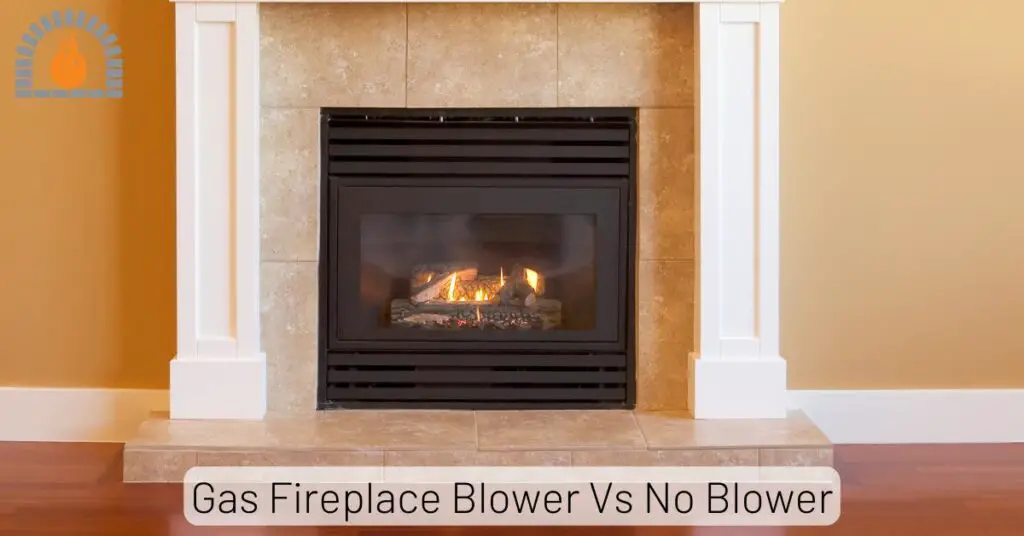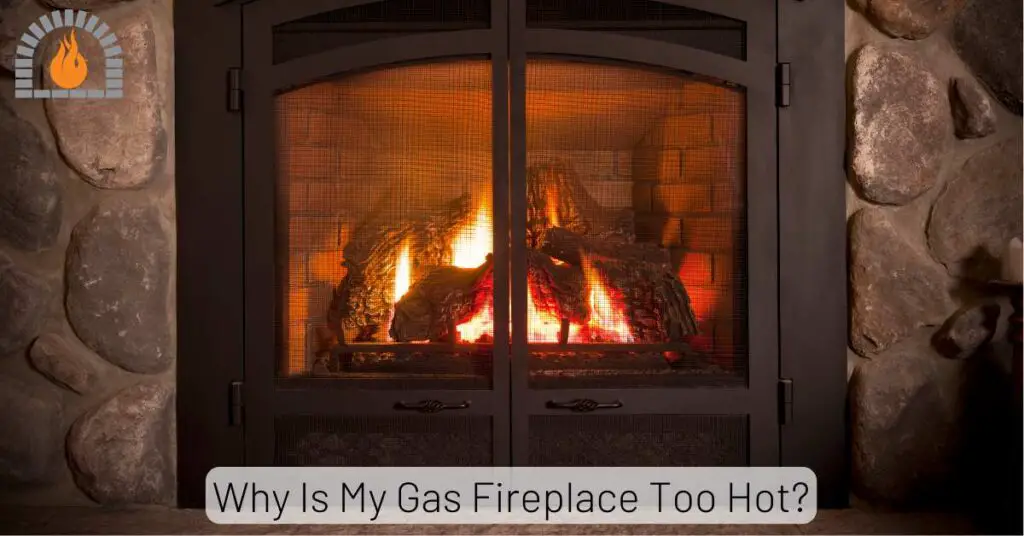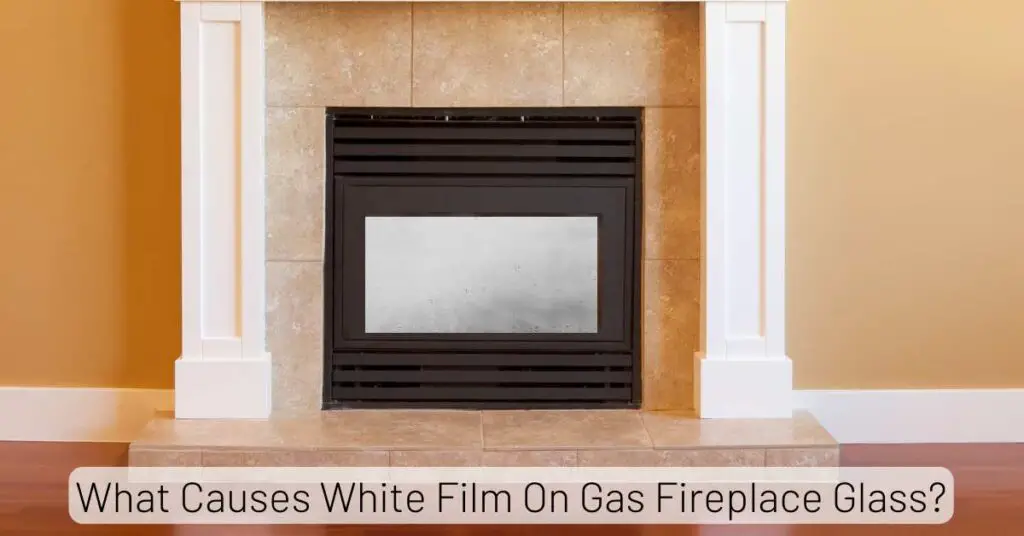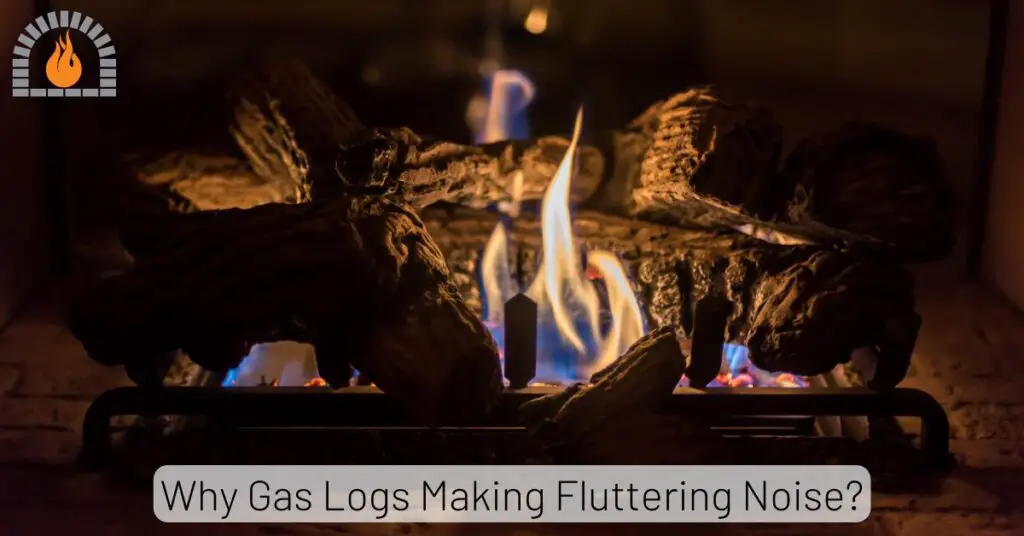Choosing the perfect size gas fireplace for your home can significantly impact both its aesthetic appeal and heating efficiency. Too small, and it won’t provide the warmth you desire; too large, and it could overwhelm your space and waste energy.
This comprehensive guide will walk you through the essential factors to consider, including room dimensions, heating needs, and desired ambiance, complete with a handy sizing chart to help you make the right decision for your home.
Key Takeaways
- The square footage of your room is the primary factor in determining the appropriate BTU output of your gas fireplace.
- Decide if the fireplace is for supplemental heating or a primary heat source. This will influence the required BTU level.
- The physical size and style of the fireplace should complement your room’s décor.
- British Thermal Units (BTUs) measure the heat output of a fireplace. Match the BTU to your room size.
- Ensure your chosen fireplace size fits within the structural limitations and venting options of your home.
- For accurate sizing and safe installation, consult with a qualified fireplace professional.
What Size Gas Fireplace Do I Need?
Choosing a gas fireplace isn’t just about picking a visually appealing appliance; it’s about finding the right balance between aesthetics and functionality. The size of your gas fireplace directly correlates with its heat output, measured in British Thermal Units (BTUs).
Selecting the correct BTU output for your living space is crucial for comfort and energy efficiency. An undersized fireplace might struggle to heat the room adequately, especially during the cooler months. Conversely, an oversized fireplace can lead to an uncomfortable, overheated environment and potentially higher gas bills.
Gas Fireplace Sizing Chart
| Room Size (Square Feet) | Estimated BTU Range (Supplemental Heating) | Estimated BTU Range (Primary Heating – Colder Regions) | Typical Fireplace Width (Approximate) |
|---|---|---|---|
| Up to 300 | 6,000 – 9,000 BTU | 9,000 – 12,000 BTU | 20 – 30 inches |
| 300 – 600 | 9,000 – 18,000 BTU | 18,000 – 24,000 BTU | 30 – 40 inches |
| 600 – 1,000 | 18,000 – 30,000 BTU | 24,000 – 35,000 BTU | 40 – 50 inches |
| 1,000 – 1,500 | 30,000 – 45,000 BTU | 35,000 – 50,000+ BTU | 50 inches and larger |
Disclaimer: This chart provides general guidelines. Actual BTU requirements can vary based on the factors mentioned above. It’s always recommended to consult with a qualified professional for precise sizing.
Factors Influencing the Ideal Gas Fireplace Size
1. Room Dimensions: The Foundation of Fireplace Sizing
The most fundamental factor is the size of the room where the gas fireplace will be installed. Measure the length and width of the room in feet (or meters and then convert if needed for BTU calculations which are often in relation to square feet).
Multiply these dimensions to calculate the room’s square footage. This figure will be the starting point for determining the necessary BTU output.
Rule of Thumb: A commonly cited guideline suggests needing approximately 20-30 BTUs per square foot of living space, especially if the fireplace is intended as a supplemental heat source. However, this is just a starting point, and other factors can influence this.
2. Heating Needs: Primary vs. Supplemental
Are you looking for a gas fireplace to be the primary source of heat for the room, or will it serve as supplemental heating to create ambiance and take the chill off?
- Primary Heat: If you intend to heavily rely on the gas fireplace for heating, especially in colder regions, you’ll need a higher BTU output to effectively warm the entire space. Consider factors like insulation quality, the number of windows and doors, and the climate in your specific area.
- Supplemental Heat: If the fireplace is primarily for aesthetics and occasional warmth, a lower BTU output might suffice. You can focus more on the visual appeal and the cozy atmosphere it creates.
3. Room Layout and Openness
The layout of your room and its connection to other spaces also matters. An open concept living area will require a higher BTU output to heat effectively compared to a smaller, enclosed room.
Heat can dissipate more easily in open spaces. Consider the flow of air and whether the heat will be contained within the intended area.
4. Ceiling Height
While square footage is key, ceiling height also plays a role in the overall volume of the room. Higher ceilings mean more space to heat, potentially requiring a slightly higher BTU output than what the square footage alone might suggest.
5. Insulation and Energy Efficiency of Your Home
The level of insulation in your walls, ceilings, and floors significantly impacts how well your home retains heat. A well-insulated home will require a lower BTU output to achieve the desired temperature compared to a poorly insulated one.
Consider the energy efficiency of your windows and doors as well, as drafts can significantly impact heating needs.
6. Climate in Your Region
The climate in your specific region will heavily influence your heating requirements. Homes in the colder areas will naturally require higher BTU fireplaces compared to those in the warmer southern regions.
7. Beyond BTU: Considering Fireplace Style and Aesthetics
While BTU output is crucial for heating, the physical dimensions and style of the gas fireplace should also complement your room’s aesthetics. Consider the following:
Fireplace Type: Wall-mounted, freestanding, built-in, or insert fireplaces come in various sizes. Ensure the chosen type fits your space and desired look.
Viewing Area: The size of the glass viewing area contributes to the visual impact. A larger room might benefit from a fireplace with a more expansive viewing area.
Mantel and Surround: The mantel and surrounding materials can influence the perceived size of the fireplace. A large, ornate mantel can make a smaller fireplace appear more substantial.
Installation Considerations
When selecting your gas fireplace size, it’s essential to consider the installation requirements specific to your home:
Venting: Gas fireplaces require proper venting. Direct vent, vent-free, and B-vent options have different installation needs and limitations. Ensure your chosen fireplace type is compatible with your home’s venting capabilities or if new venting can be installed.
Gas Line: A qualified gas technician will need to ensure a proper and safe gas line connection to your fireplace. The size of the fireplace can influence the gas supply requirements.
Clearances: Fireplaces have specific clearance requirements from combustible materials. The size of the unit will dictate these clearances, which must be adhered to for safety.
Local Regulations: Be aware of any local building codes or regulations in your area regarding the installation of gas fireplaces.
Why Professional Consultation is Highly Recommended
While this guide provides valuable information, determining the precise size gas fireplace for your specific needs is best done in consultation with a qualified fireplace professional.
They can assess your home, heating requirements, and installation limitations to recommend the ideal unit. They can also ensure safe and compliant installation.
| Feature | Undersized Gas Fireplace | Oversized Gas Fireplace |
|---|---|---|
| Heating | May not adequately heat the room. | Can overheat the room, leading to discomfort. |
| Efficiency | May run constantly, potentially increasing costs. | Cycles on and off frequently, potentially wasting energy. |
| Comfort | Room may remain cold, especially in winter. | Room may become uncomfortably hot. |
| Aesthetics | Might look too small for the space. | Might overwhelm the room’s design. |
| Initial Cost | Generally lower purchase price. | Generally higher purchase price. |
FAQs
What does BTU stand for?
BTU stands for British Thermal Unit. It’s a measure of the heat output of an appliance. One BTU is the amount of heat required to raise the temperature of one pound of water by one degree Fahrenheit.
Can a gas fireplace be too big for a room?
Yes, a gas fireplace can definitely be too big. An oversized unit will produce excessive heat, leading to an uncomfortable environment and potentially higher energy bills. It can also visually overwhelm the space.
Is it better to slightly undersize or oversize a gas fireplace?
Neither is ideal. An undersized fireplace won’t provide enough heat, while an oversized one will be inefficient and uncomfortable. It’s best to aim for the correct size based on your room dimensions and heating needs.
Do vent-free gas fireplaces require different sizing considerations?
While vent-free fireplaces don’t require external venting, sizing based on room square footage and heating needs is still crucial. Additionally, ensure adequate ventilation within the room as they release combustion byproducts into the space.
How do I find the BTU rating of a gas fireplace?
The BTU rating is typically listed in the product specifications provided by the manufacturer. You can find this information on the fireplace’s label, in the owner’s manual, or on the retailer’s website.
Should I consider the fireplace’s efficiency rating when sizing?
Yes, the efficiency rating indicates how much of the fuel consumed is converted into usable heat. A more efficient fireplace will deliver more heat for the same BTU input, which can influence your sizing decisions and long-term energy costs.
Can I use multiple smaller gas fireplaces instead of one large one?
Yes, this is an option, especially in larger or multi-zone living spaces. Multiple smaller units can provide more localized heating and aesthetic appeal. However, consider the overall cost of purchasing and installing multiple units versus one appropriately sized fireplace.
Final Thoughts:
Choosing the right size gas fireplace is a crucial step in creating a comfortable and inviting living space in your home. By carefully considering your room dimensions, heating needs, insulation, and the climate in your region, you can narrow down your options.
Remember to use our sizing chart as a general guideline and always consult with a qualified fireplace professional for personalized recommendations and safe installation.
With the right size gas fireplace, you can enjoy the warmth and ambiance you desire for years to come.
Affiliate Disclosure: Fireplaceadviser.com is a participant in the Amazon Services LLC Associates Program. We may earn a commission when you click on certain links on this site and purchase.

Hello!! I am Jamal Khan. I often fix my home electric heaters and gas stove problems and research the common issues in the heating units to improve my knowledge and expertise. The aim of establishing fireplaceadviser.com is to share my expertise and knowledge with my audience.












